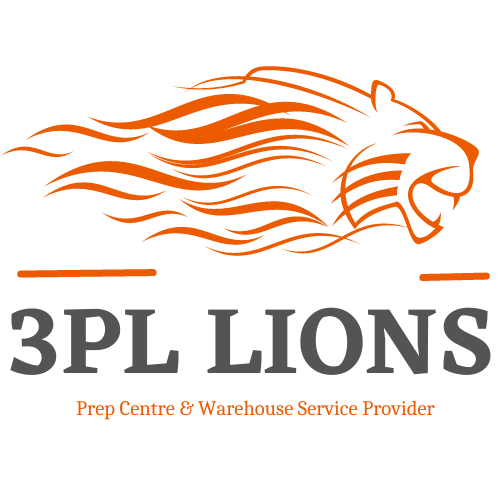In the dynamic landscape of global commerce, efficient supply chain management is crucial for businesses aiming to optimize operations and enhance customer satisfaction. Third-party logistics (3PL) providers play a pivotal role in this ecosystem, offering specialized services that streamline distribution processes from manufacturers to end consumers. This article delves into the significance, evolution, and key aspects of 3PL distribution in today’s logistics industry.
Understanding 3PL Distribution
Third-party logistics refers to outsourcing logistics and distribution activities to external service providers. These providers offer a range of services that can include transportation, warehousing, inventory management, order fulfillment, packaging, and even customer service. By leveraging the expertise and infrastructure of 3PL providers, businesses can focus on their core competencies while improving efficiency and reducing costs in their supply chains.
Evolution of 3PL Services
The concept of 3PL has evolved significantly over the years. Initially, 3PL providers primarily offered transportation and warehousing services. However, with advancements in technology and changing market demands, their role has expanded to encompass a broader array of services tailored to meet the complex needs of modern businesses.
Today, 3PL providers not only manage physical logistics but also leverage digital technologies such as warehouse management systems (WMS), transportation management systems (TMS), and sophisticated analytics tools. These technologies enable real-time tracking of shipments, efficient inventory management, predictive analytics for demand forecasting, and optimization of transportation routes—all of which contribute to enhanced operational efficiency and cost savings.
Key Functions of 3PL Distribution
- Transportation Management: One of the core functions of 3PL providers is transportation management. They ensure goods are transported efficiently from the point of origin to the final destination, utilizing their network of carriers and optimizing routes to minimize costs and delivery times.
- Warehousing and Inventory Management: 3PL providers operate warehouses strategically located to minimize transit times and reduce shipping costs. They manage inventory levels, implement efficient storage solutions, and use WMS to track inventory movements accurately.
- Order Fulfillment: Efficient order fulfillment is critical for customer satisfaction. 3PL providers handle picking, packing, and shipping orders accurately and promptly, ensuring timely delivery to customers and reducing order processing times.
- Customized Solutions: Every business has unique logistics requirements. 3PL providers offer customized solutions tailored to meet specific needs, whether it’s handling seasonal fluctuations in demand, managing specialized products, or providing value-added services like kitting and assembly.
Benefits of 3PL Distribution
- Cost Efficiency: Outsourcing logistics to 3PL providers can result in significant cost savings by eliminating the need for businesses to invest in infrastructure, technology, and personnel required for managing logistics internally.
- Scalability and Flexibility: 3PL providers offer scalable solutions that can accommodate fluctuations in demand and seasonal peaks without businesses having to bear the burden of maintaining excess capacity.
- Focus on Core Competencies: By outsourcing logistics operations, businesses can focus more on their core competencies such as product development, marketing, and customer service, thereby gaining a competitive edge in their respective markets.
- Global Reach: Many 3PL providers have extensive networks and expertise in global logistics, enabling businesses to expand into new markets and manage international supply chains efficiently.
Challenges in 3PL Distribution
While 3PL distribution offers numerous advantages, it also comes with its own set of challenges:
- Dependency on External Providers: Businesses must rely on the capabilities and reliability of 3PL providers, which can impact service quality and customer satisfaction.
- Integration and Compatibility: Integrating 3PL systems with existing business processes and IT infrastructure can be complex and require careful planning to ensure seamless operations.
- Risk Management: Outsourcing logistics introduces risks such as potential disruptions in supply chain continuity, data security concerns, and regulatory compliance issues that need to be effectively managed.
Future Trends in 3PL Distribution
Looking ahead, the future of 3PL distribution is poised for further evolution driven by technological advancements such as artificial intelligence (AI), blockchain, and the Internet of Things (IoT). These technologies hold the potential to revolutionize supply chain transparency, efficiency, and sustainability.
Moreover, as businesses increasingly prioritize environmental sustainability and ethical sourcing, 3PL providers are expected to play a pivotal role in implementing eco-friendly practices and ensuring compliance with regulatory standards across global supply chains.
In conclusion, third-party logistics distribution has become indispensable for modern businesses seeking to optimize their supply chain operations and meet the growing expectations of global consumers. By partnering with reliable and innovative 3PL providers, businesses can navigate the complexities of logistics with agility, efficiency, and strategic focus, ultimately driving growth and competitive advantage in today’s interconnected world.

